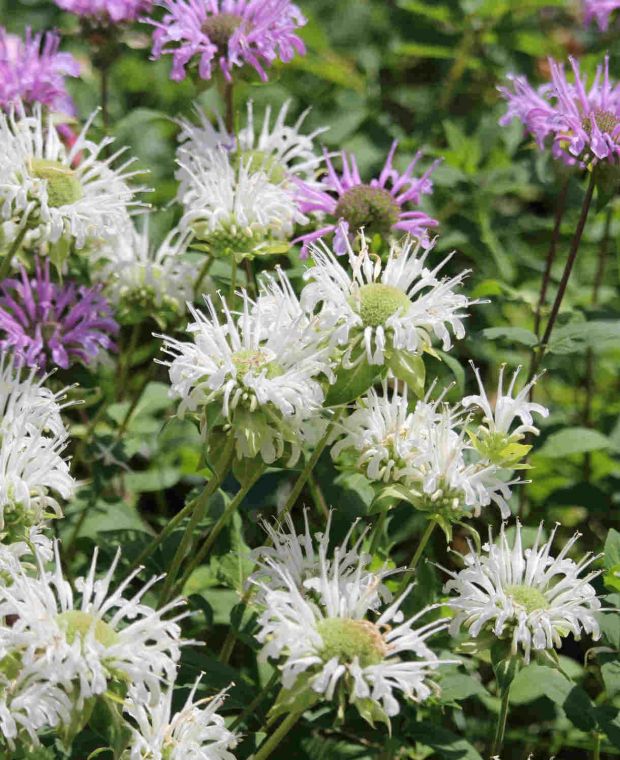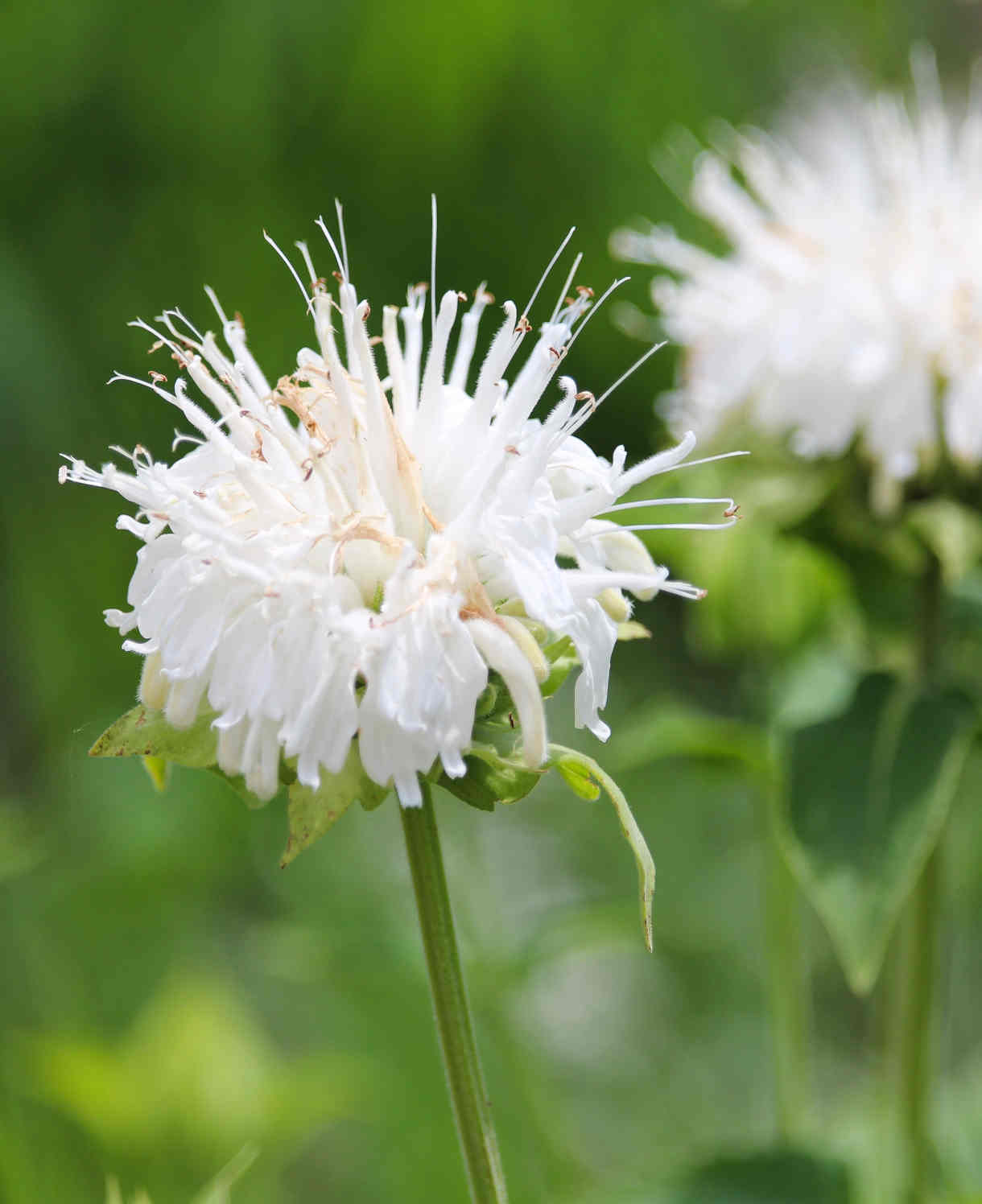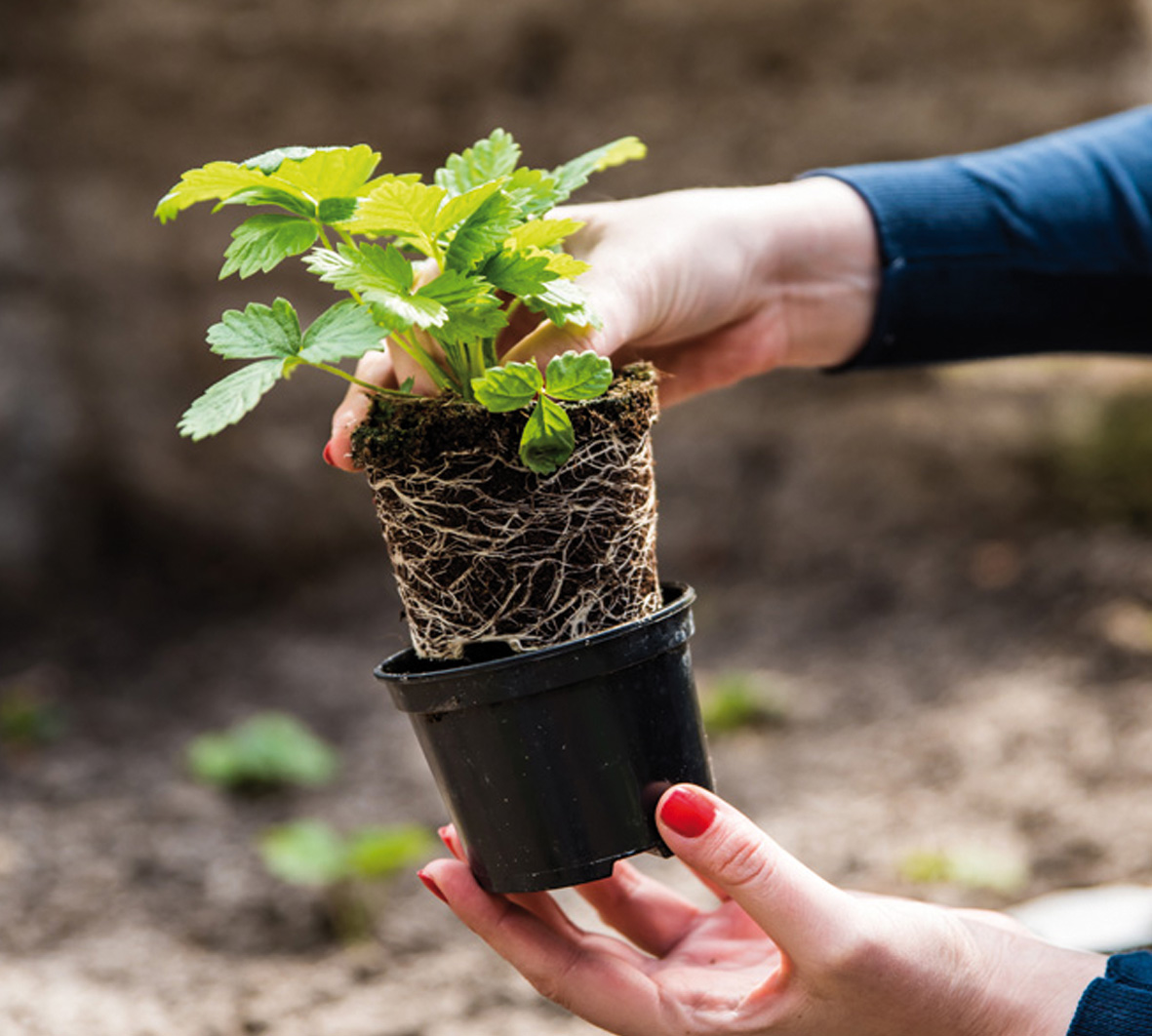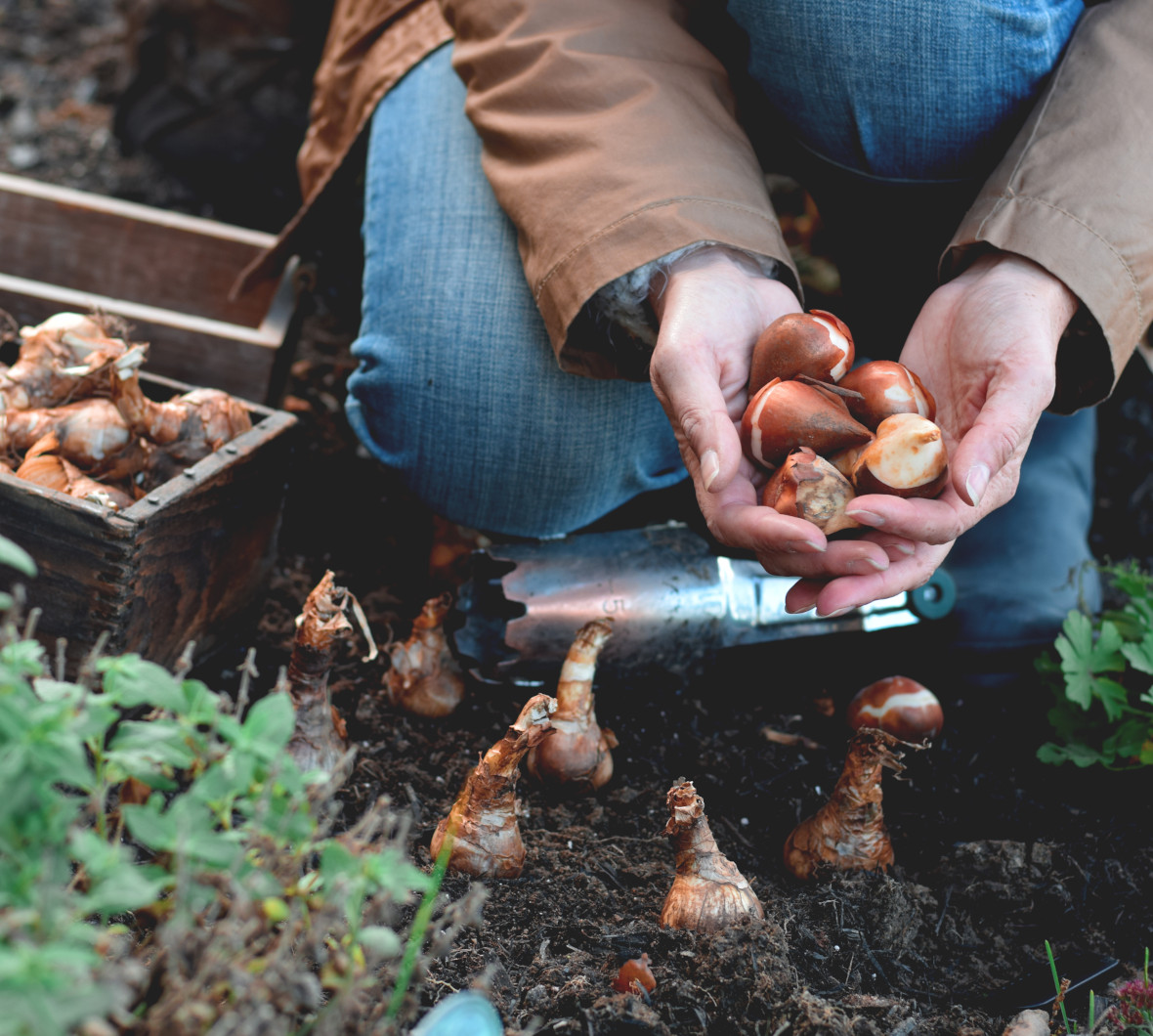A newcomer for 2024, Monarda punctata ‘Schneewitchen’ is one of the purest white, funky looking flowers you can add to your garden. A clump-forming wonder with lance-shaped, aromatic foliage borne from April to October each year. Flowers emerge on long, strong stems up to 90cm tall, commencing in June and lasting, successionally, through to September time. Ideal for planting in containers, at the edge of paths or to the front of a border to make the most of the aromatic oils which are released when plants are brushed past or gently pressed. Also commonly known as Beebalm, you only need to see how the pollinators are drawn in for flowers to understand why. Plant Monarda punctata ‘Schneewitchen’ in moist, well-drained soil of any kind. Prefers a spot in full sun or partial shade with any aspect other than north facing. A hardy, herbaceous perennial which will die back below ground over winter then return and naturalise year on year.
Flower and Foliage Months

Apr

May


Jun


Jul


Aug


Sep

Oct
 Foliage Month
Foliage Month
 Flowering Month
Flowering Month













